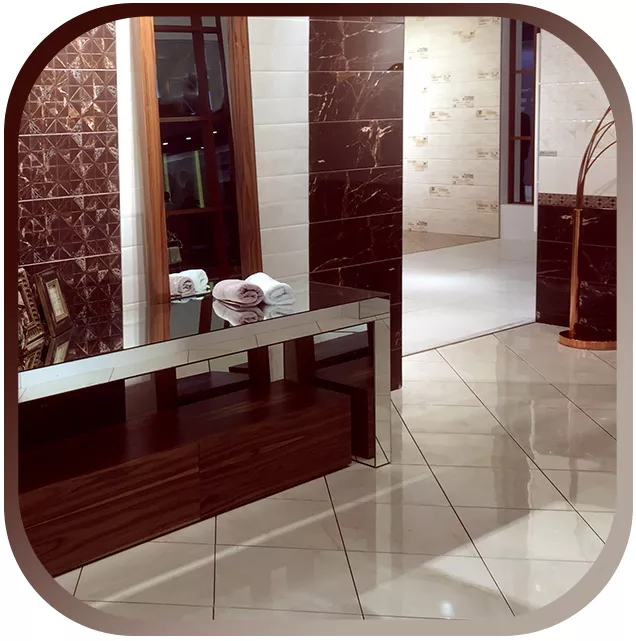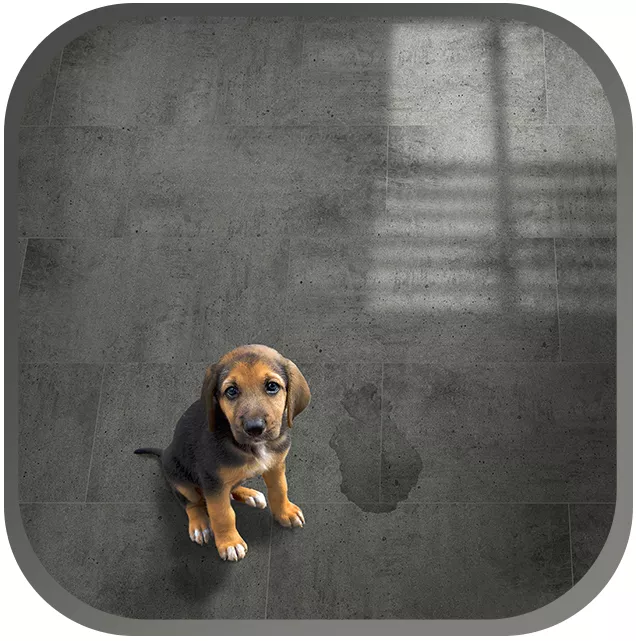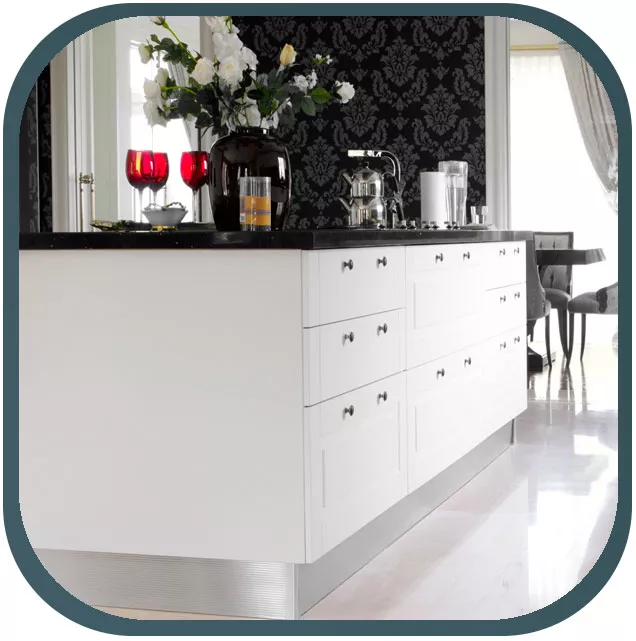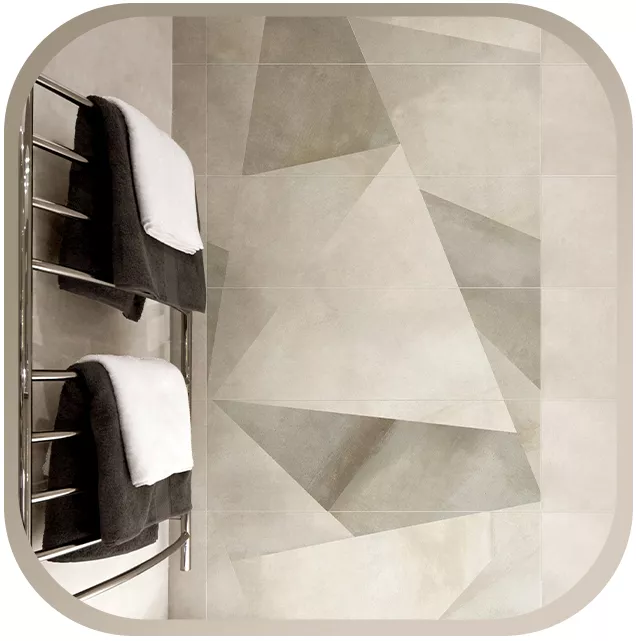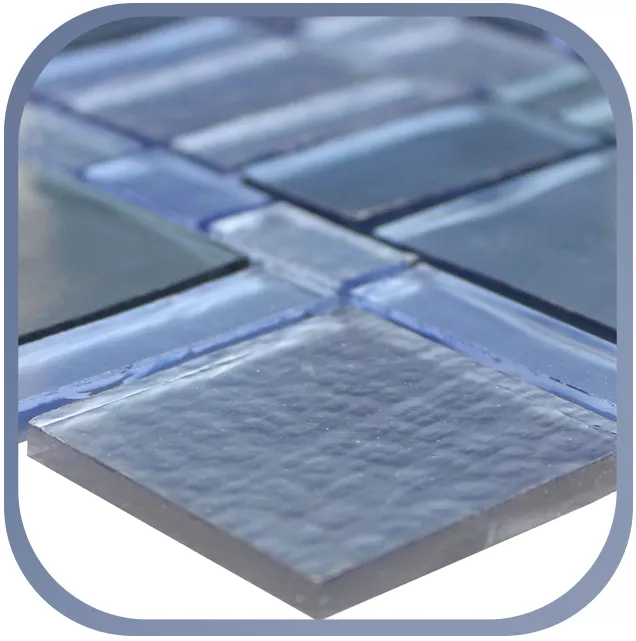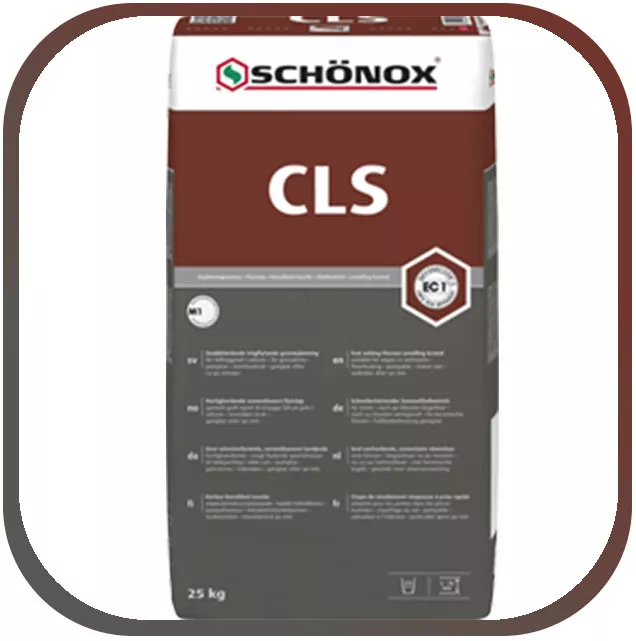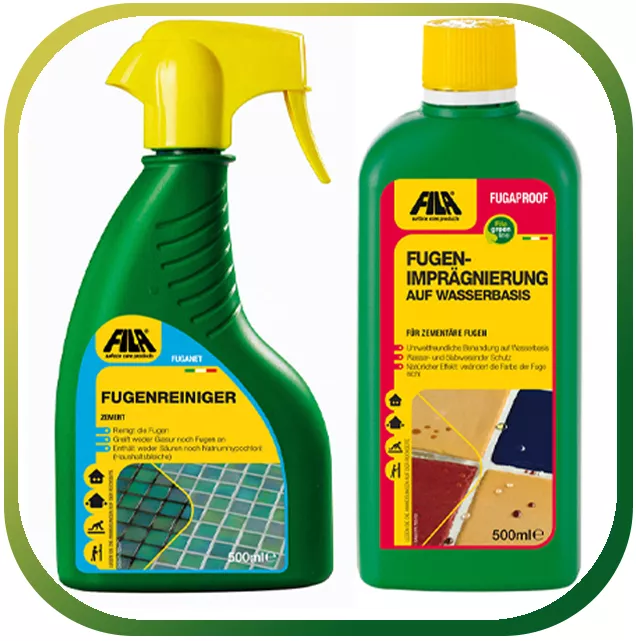Limescale deposits on tiles are a real nuisance in the bathroom: the tiles become dull, feel rough and stained. Depending on how long ago the last thorough cleaning was done, removing the limescale is a laborious job. You can't avoid scrubbing, but with the following tricks you can easily get rid of the annoying limescale on the tiles.
What makes lime so stubborn?
When bathing and showering, the limescale combines with the soap and fats from the shower products. This is how so-called lime soaps are formed. The harder the water, the faster it builds up on the surfaces in the bathroom. This coating is so stubbornly deposited on the surface that it cannot be removed with conventional cleaning agents. Dried limescale deposits are no longer water-soluble, which is why even vigorous scrubbing is unsuccessful.
What is suitable for removing limescale from tiles?
With abrasives and a lot of effort, the lime deposit can be at least partially removed, but not every surface can withstand such a procedure. Scratches form on sensitive surfaces and seals are damaged. In addition, very vigorous scrubbing is called for, which in the end is only moderately successful. This variant is therefore not recommended. Various cleaners are available on the market that have been specially developed for removing limescale deposits. That usually works fine. However, the cleaning agents are not necessarily cheap. In addition, you always have to pay attention to the description. Not every cleaner can be used for all surfaces. In the worst case, there is a risk of permanent damage, such as discoloration due to unwanted chemical reactions or damage to paints, seals and materials.
Proven home remedies: vinegar or citric acid
Instead of using expensive special cleaners, you can also try something from Grandma's bag of tricks. Vinegar is a great detergent for many different areas. Due to the acid it contains, limescale deposits are relatively easy to dissolve. Vinegar essence is even better than household vinegar because it contains more acid. Citric acid is a good alternative if you want to avoid the strong vinegar smell. However, caution is advised when using vinegar or citric acid, because not all surfaces tolerate acid treatment. Therefore always test the acid tolerance on a small, invisible area. In addition, you should pay particular attention to the joints, which are usually not very acid-resistant. Do not leave the acetic or citric acid mixture on the joints for longer. Ideally, you should leave them out when cleaning and then clean them with a gentle cleaner. To remove limescale from the tiles, dilute the vinegar with warm water in a ratio of 1: 1. With vinegar essence 1: 2 is sufficient. In the case of very strong and absolutely acid-resistant surfaces, you can also use vinegar neat, but only on small areas if possible. In any case, leave out the joints. If you want to use citric acid, 1 to 2 tablespoons of powder or liquid in 1 liter of warm water are often sufficient. Apply the mixture to the surfaces using circular motions with a sponge. After a short exposure time, you can wipe it off with clear water and a cloth.
What makes lime so stubborn?
When bathing and showering, the limescale combines with the soap and fats from the shower products. This is how so-called lime soaps are formed. The harder the water, the faster it builds up on the surfaces in the bathroom. This coating is so stubbornly deposited on the surface that it cannot be removed with conventional cleaning agents. Dried limescale deposits are no longer water-soluble, which is why even vigorous scrubbing is unsuccessful.
What is suitable for removing limescale from tiles?
With abrasives and a lot of effort, the lime deposit can be at least partially removed, but not every surface can withstand such a procedure. Scratches form on sensitive surfaces and seals are damaged. In addition, very vigorous scrubbing is called for, which in the end is only moderately successful. This variant is therefore not recommended. Various cleaners are available on the market that have been specially developed for removing limescale deposits. That usually works fine. However, the cleaning agents are not necessarily cheap. In addition, you always have to pay attention to the description. Not every cleaner can be used for all surfaces. In the worst case, there is a risk of permanent damage, such as discoloration due to unwanted chemical reactions or damage to paints, seals and materials.
Proven home remedies: vinegar or citric acid
Instead of using expensive special cleaners, you can also try something from Grandma's bag of tricks. Vinegar is a great detergent for many different areas. Due to the acid it contains, limescale deposits are relatively easy to dissolve. Vinegar essence is even better than household vinegar because it contains more acid. Citric acid is a good alternative if you want to avoid the strong vinegar smell. However, caution is advised when using vinegar or citric acid, because not all surfaces tolerate acid treatment. Therefore always test the acid tolerance on a small, invisible area. In addition, you should pay particular attention to the joints, which are usually not very acid-resistant. Do not leave the acetic or citric acid mixture on the joints for longer. Ideally, you should leave them out when cleaning and then clean them with a gentle cleaner. To remove limescale from the tiles, dilute the vinegar with warm water in a ratio of 1: 1. With vinegar essence 1: 2 is sufficient. In the case of very strong and absolutely acid-resistant surfaces, you can also use vinegar neat, but only on small areas if possible. In any case, leave out the joints. If you want to use citric acid, 1 to 2 tablespoons of powder or liquid in 1 liter of warm water are often sufficient. Apply the mixture to the surfaces using circular motions with a sponge. After a short exposure time, you can wipe it off with clear water and a cloth.





